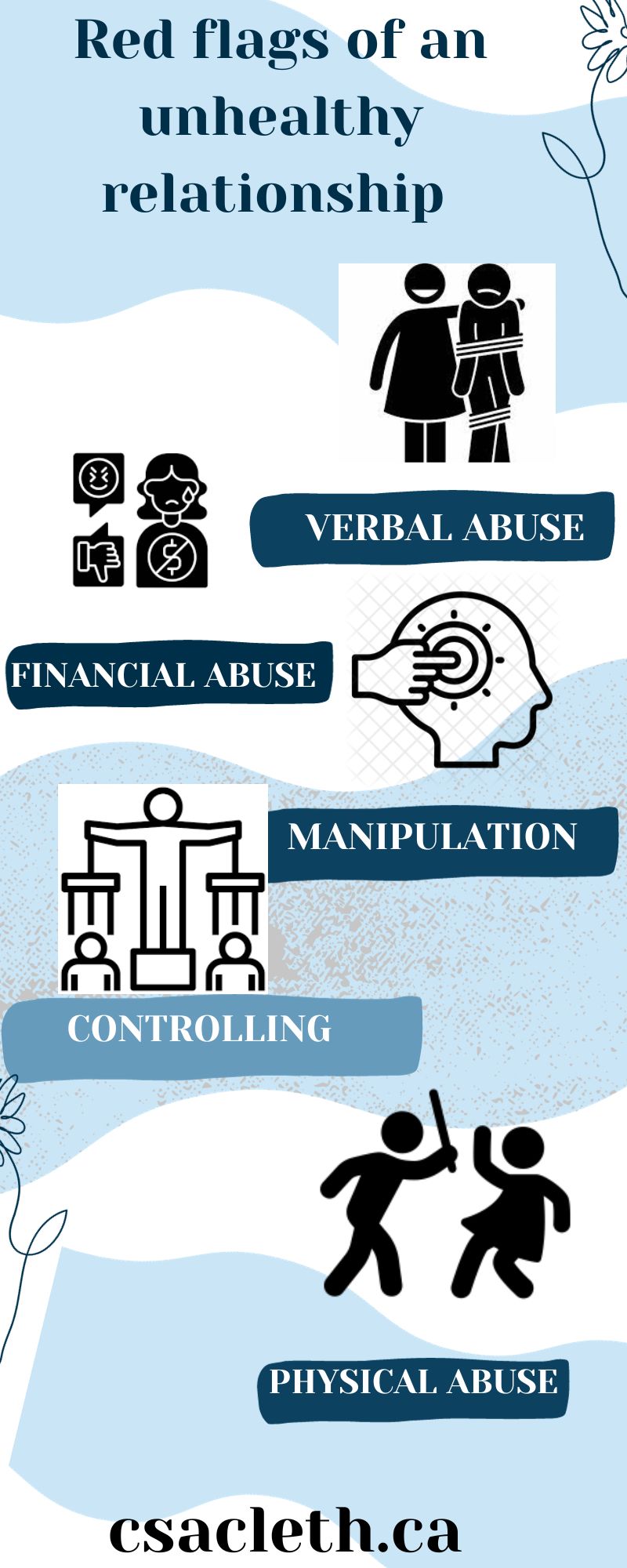Infographic is to help set boundaries and protect mental health stability. Graphic by Tosin Liadi.
Abuse is a common occurrence in modern times and it takes various forms and patterns. In our society, sexual abuse is becoming increasingly prevalent. It is no news that women are targets to sexual assault, more so than male counterparts. Statistics Canada. In 2018 reports that as of 2017 19 per cent of women aged 15-65 experienced at least one type of harassment in the workplace in the last one year and 41per cent of all reported incidents of sexual assault were reported by students.
Katherine Ramsland and Patrick N. McGrain 2010)(, in their book, Inside the minds of Sexual Predators described predators are those who are often so clever and secretive that even the people closest to them fail to recognise what they are doing. They device a convincing façade, they have a long list of prepared excuses and when suspicion arises, they are skilled at reassuring others that nothing is wrong.” Sexual predators exploit trust and know how to twist what people want to believe into a false sense of security.
Sexual predators can come from various backgrounds. It can be any gender, socio-economic status is irrelevant and they can exhibit different behaviours. However, there are certain characteristics that can be seen as red flags. According to Cheryl Patterson, Chinook Child and Youth Advocacy Centre Manager. it may be challenging to profile an abuser, but there are indicators that people should be mindful of.
“One of the big red flags is controlling behaviours, so abusers will often try and control victims in a variety of ways, like restricting who they spend time with, where they go, who they are going with and isolating victims from friends and their community members as well,” said Patterson.
In identifying potential sexual predators, not to hold biased assumptions about who might be dangerous or not, it’s a path that must be treated with caution. Lynda Church, Student Support Nurse with Wellness Services, Lethbridge College advised.
“A predator could be charming and well liked by everyone who knows them but can still be a predator. It is for this reason that we may have to rely on our intuitions or our discomfort with the person or situation,” said Church.
In addition, Church further establishes further cues to protect oneself from awkward relationship that can cause distress to mental stability.
“Are they respectful in conversation or pushy? Do they disregard our social cues? Are they demeaning, rude, sarcastic, or egotistical? Do they belittle or disregard our opinions, thoughts and boundaries? How do they treat animals, or instructors, or parents, or an ex-girlfriend or ex-boyfriend? Do they isolate you from loved ones or put others down? Are they the same in private that they are in public? A lack of respect for others doesn’t mean they are predatory, but it should make you walk the other way,” says Church.
Patterson re-iterated that it is impossible to profile a sexual predator, however, one must trust your gut. If you are in a situation where you are uncomfortable, or someone is not respecting boundaries or you are not receiving deserving respect as an individual, it is not healthy and you need to walk away as fast as possible.
The fight against sexual abuse begins with knowledge, self-awareness and a commitment to fostering a culture of respect and empathy. If you are in danger or concerned about a friend or loved one reach out to CSAC

